Environment
We missed a huge opportunity to help Rio during the Olympics
The Olympics are one of the most highly anticipated events across all genres—sports, entertainment, and news. Between the summer and winter games they only occur every two years, so they receive massive attention and take over our lives during the two weeks they air. This is an incredible time to showcase the skill of thousands of athletes who have been working hard to prepare for their various sports. It is also a great opportunity to shed light on human rights and environmental issues going on in the hosting city. Between the construction of Olympic facilities, the mass displacement of residents, and the pollution in hosting cities like Rio, there are many missed opportunities this year when it comes to covering these enormous events.
Olympic facilities
The Beijing 2008 Olympics smashed all their records for cost and construction, and they resulted in the mass displacement of urban communities. The city was completely reconstructed, coming out with a bill of $40 billion. One consequence of this was the riddance of hutongs—old, traditional streets that were often overcrowded, but full of atmosphere and intimacy. The destruction of the hutongs resulted in half to one million people being displaced. If we’re being realistic, not many of the hosting Olympic cities just have massive amounts of free land to offer up for Olympic village.
When the Olympics took place in Atlanta, the city somehow deported 25,000 homeless people and closed the majority of Atlanta’s facilities for the homeless.
An estimated 35,000 to 70,000 people have been displaced during the construction of the Rio facilities. But what exactly does displaced mean? In Rio, displacement involved using force and intimidation, and giving people offers well below market rates. And to keep things as regulated as possible, Rio spent two billion dollars on security alone.
It seems when Olympic games come to a conclusion the world carries on and Olympic villages in places like Beijing and Sochi become places of our pasts. But what happens to these olympic parks when everyone returns home? Some places actually do repurpose these buildings and continue to run and use them, but even running these large facilities is very costly. Other villages are dismantled, and worse off left alone to sit in disuse. Why aren’t we returning to old Olympic hosts and reusing facilities that have already been built? Los Angeles is applying to host its third olympics in 2024 because they would only need to build an aquatic center. Better yet, why don’t we just host the Olympics in the same place every gathering?
We’ve missed an opportunity to be sustainable and reuse and repurpose old facilities, and instead, we’re spending billions and billions of dollars to build brand new facilities that could possibly only be used for two weeks. This is a huge missed opportunity to prioritize conservation. Not only are these facilities costly to run, but they use tons of energy from lights to AC to keeping pools clean. And most importantly, in order to build these new facilities we are displacing people from their homes, which is impossible to justify.
Pollution in Rio
Thankfully the media hasn’t completely drowned out the talk of #RioProblems, but they still missed a huge opportunity to highlight Rio’s many environmental problems in an effort to call upon the world to help. Instead, the news coverage of the Olympics this summer shows picturesque scenes of the sun sparkling over Guanabara Bay and the Christ the Redeemer towering above a city surrounded by forest. Even while watching the sailing and rowing it’s impossible to see any issues at all with the water condition. The media did well to mention how the pools turned green and joked about poop being in the ocean, but this is no laughing matter.
About 16 million people live around Gunabara Bay, making it one of the most densely populated urban areas. Most neighborhoods lack proper sanitation, resulting in poor water conditions, such as raw sewage and severe levels of disease-causing microorganisms in the bay. The water is littered with trash, and athletes have complained that the water irritates their skin and causes stomach ailments. This isn’t even just a Rio problem. Up to 90% of wastewater in developing countries is untreated and flows into waterways that are used for bathing, drinking, and fishing.
In Rio particularly, most of the water pollution comes from raw sewage. About half of the houses in the drainage basin (Rio de Janeiro and the surrounding cities) remain unconnected to sewage treatment plants. So waste from millions of people flows untreated into the bay. Slums and shantytowns don’t have access to toilets or tap water, which only makes the sewage problem worse.
About 17,000 industries surround Guanabara Bay, from pharmaceuticals and refineries to oil and gas terminals, and this combined with urban runoff contributes even more to water pollution. Each day an estimated 150 metric tons (enough to fill about 7 large tanker trucks) of industrial wastewater pours into the bay.
Aside from smelling terrible and grossing people out, human sewage carries a number of pathogens, such as viruses and bacteria. Adenovirus was found in the bay, and this virus causes everything from diarrhea to respiratory, eye, and skin infections.
The water isn’t the only thing that’s become contaminated either. The bacteria has spread to the beaches too. Some antibiotic-resistant bacteria—”super-bacteria” called carbapenemase-producing bacteria (CPB)—has turned up in extreme levels on five of Rio’s beaches, including Copacabana.
It is scary enough to expose athletes from around the world to these viruses and other health risks, but in addition to not focusing heavily on these issues, the media has refrained from also pointing out the danger these concerns pose for Rio residents—residents who suffer from waterborne illnesses, and who eat seafood contaminated with heavy metals, industrial chemicals including PCBs, and hydrocarbons from petroleum products. The E.coli count in Guanabara Bay is up to 800, but in the U.S. water must stay below 500 or else it gets shut down. Great place to host the Olympics, huh?
The Rio Olympics would’ve been the perfect opportunity to highlight the water pollution and sewage problem to gain the world’s attention. This would allow people from around the world to help restore the bay and plan better systems for getting rid of waste in the city.
Raising awareness
We missed a huge opportunity with the Rio Olympics because we were given the chance to talk about human rights, conservation, poverty, contamination, and safety, and we didn’t speak. While not many of us can get up tomorrow and fly to Rio to help clean up their precious Guanabara Bay and help heal the Rio residents from these viruses, being aware of the real issues going on in Rio—some as a result of building the Olympic village, and some which already existed—is crucial to changing our mindset. Simply knowing that there’s more going on in Rio than athletes winning medals and setting world records (which is something to celebrate and honor, don’t get me wrong here) is a huge step in the right direction. Action must start with awareness. The media and those of us who researched and knew about these issues have a responsibility to vocalize #RioProblems to raise awareness. We may not be able to directly help Rio and its people, but these issues exist all around the world.
By raising awareness of what’s going on behind the cameras at the Rio olympics, we can help change the values of our world. Let’s spend less time and money on fancy facilities and change our minds to focus on how we can reuse and repurpose. Let’s spend less time making memes and joking about green pools and poop in the ocean and change our minds to think about how we can preserve and restore natural places that aren’t in their natural conditions. Let’s spend more time changing the values and priorities of our world.
Please watch the video below to hear from residents of Rio who are hopeful that they can make a difference in both the city and the bay.
Kate Wilke is the content manager at 301brands, and she's the editor of DailyBeautyHack.com, and the lifestyle editor at OhMyVeggies.com. When she's not paddle boarding or skiing, she's informing someone about global warming (or cats) over a local double IPA. Follow her on Instagram — @kateewilke

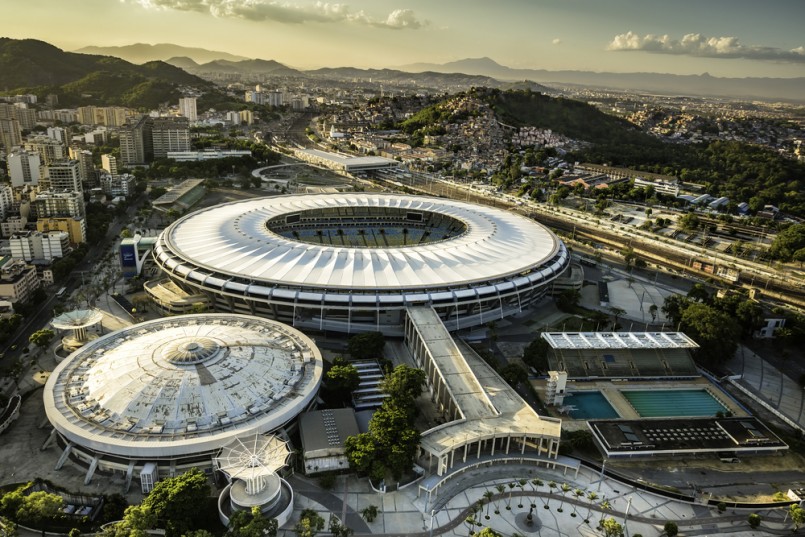
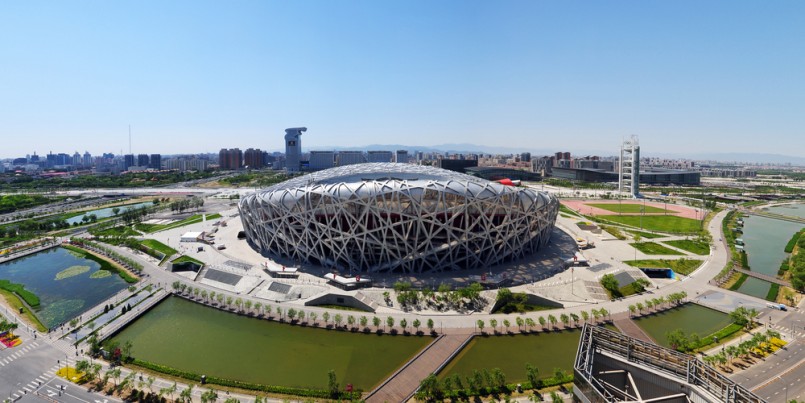
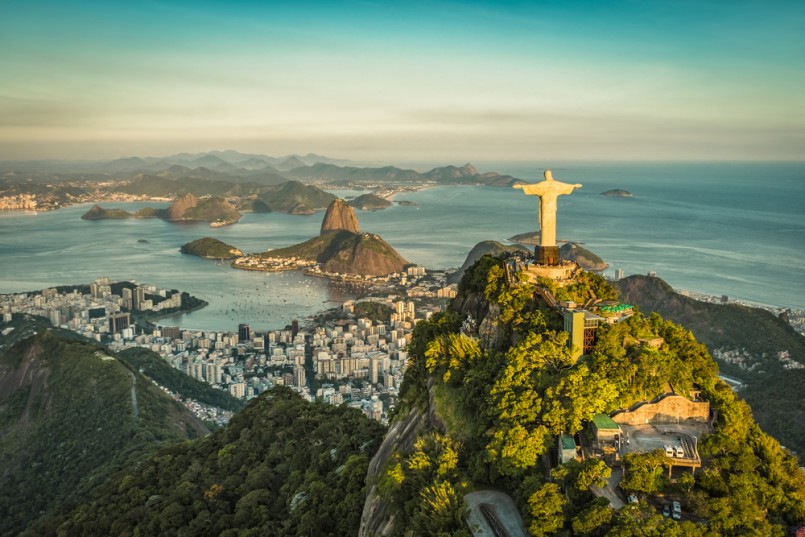
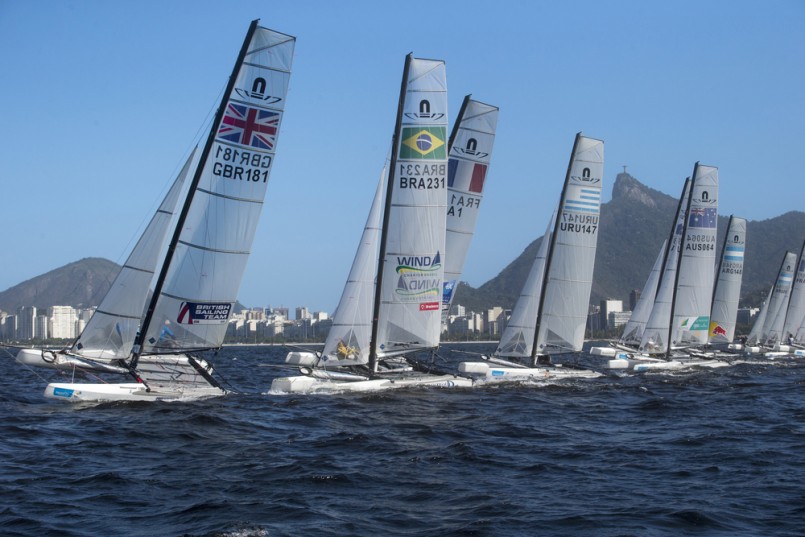
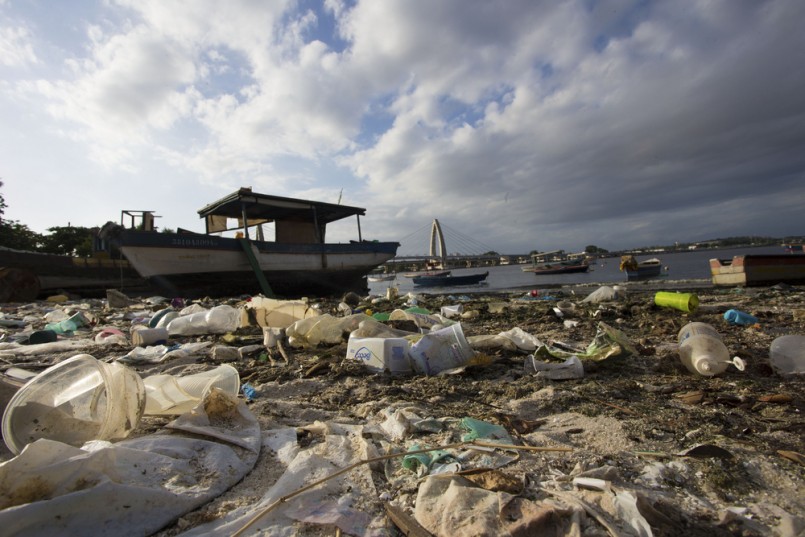
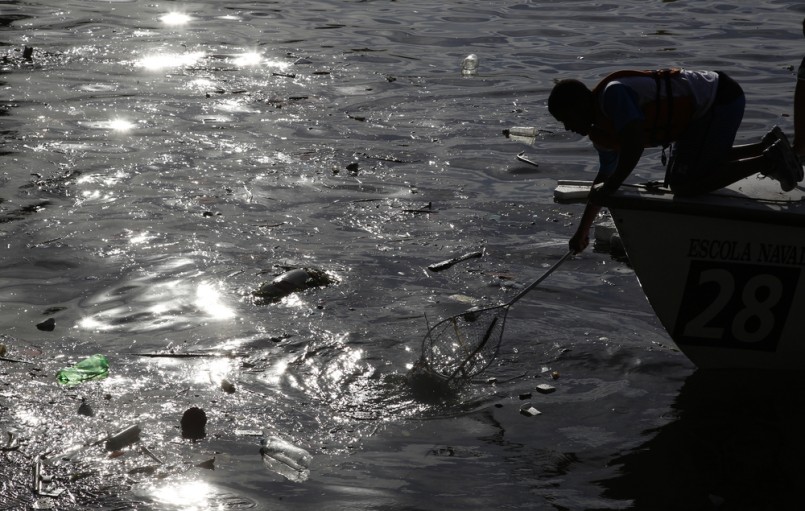
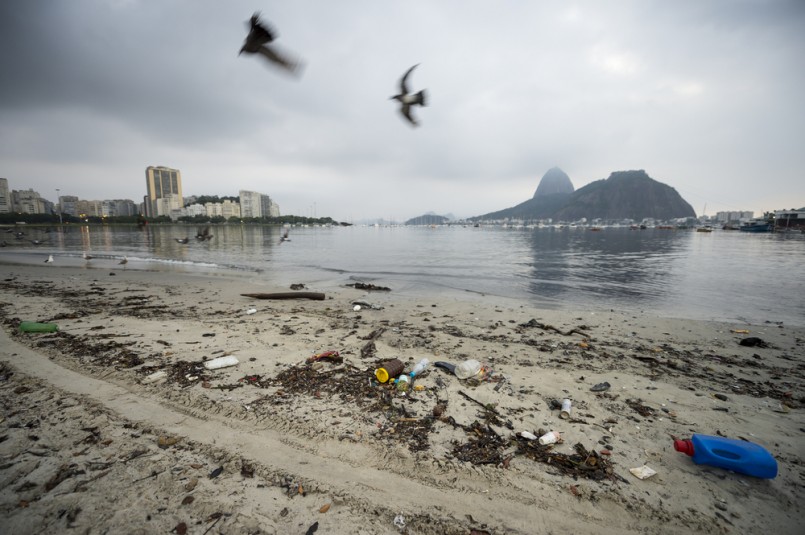
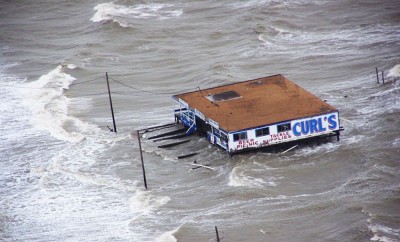
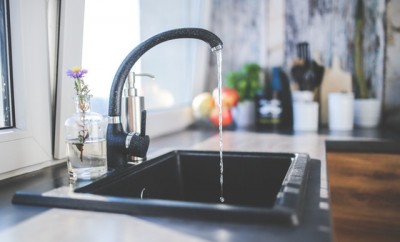
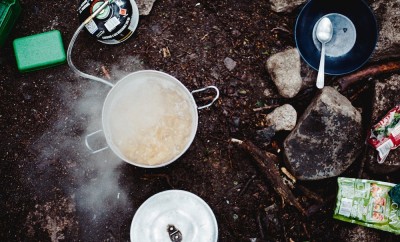

0 comments